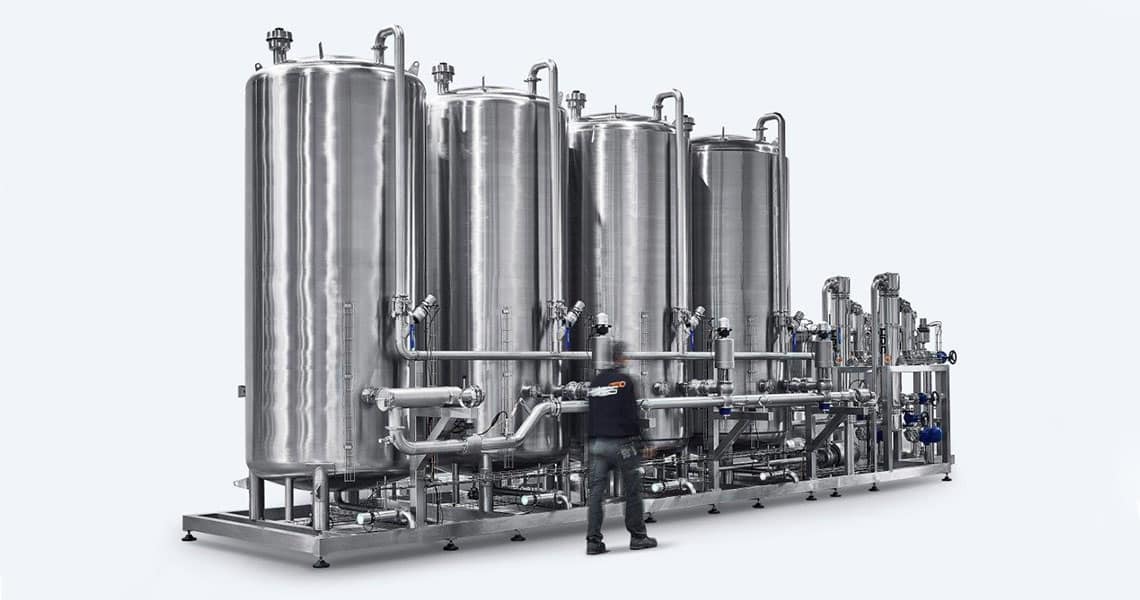Considerations for effective cleaning-in-place (CIP) systems

The production of safe food, drink and pharmaceutical products is of paramount importance to producers and maintaining hygienic or sterile production environments and equipment is a key requirement for modern food processing machinery. Apart from the simplest systems, most equipment today, particularly that which contains pipework, enclosed spaces and small apertures, is cleaned in situ without the need for dismantling or opening, and with minimal operator intervention – a technique which is known as Cleaning-in-Place (CIP).
Cleaning (or Clean) in Place has been around since the 1950s and can be defined as a method of automated cleaning of the interior surfaces of equipment, without major disassembly and the main purpose of CIP is to remove physical dirt and residues, as well as bacteria.
As well as ensuring that production equipment is hygienically clean and suitable for use, CIP also plays other important roles. CIP systems should ensure that no cleaning fluids or contaminants remain in the equipment, and by reducing the effort and downtime required for cleaning, they also ensure production cycles are efficient and cost-effective. Because of the automated or semi-automated nature of CIP systems, they provide improved control of the cleaning parameters to ensure consistent results, as well as automatic record keeping for traceability and due diligence purposes. Furthermore, being automatic reduces the need for human contact with potentially harmful cleaning agents or other chemicals.
If CIP is to be effective, not only does the CIP system itself need to be well designed, but the production equipment itself needs to be designed from the beginning with effective CIP in mind. Equipment and machinery must be hygienically designed and easy to manage, maintain and audit. Considerations include surface roughness, clean welding and the prevention of inaccessible areas or corners where dirt and/or cleaning chemicals may build up. Reliability is also an important consideration and CIP systems must be designed to work for as long as the working lifetime of the equipment involved.
HRS CIP systems
HRS offers two types of CIP (and SIP) systems. The first are those which are integrated into other systems, such as HRS pasteurisers and sterilisers, as well as our Aseptic Block Series and aseptic fillers, for example. The second is the HRS series of stand-alone CIP and SIP systems. These are available with single (ST) or multiple tanks, which are heated with an HRS K Series heat exchanger. Fully skid-mounted and modular design enables for quick and easy site installation, and the fully automated systems are supplied with a programmable logic controller (PLC) system, which can operate on its own, or be integrated into the factory’s main control system.